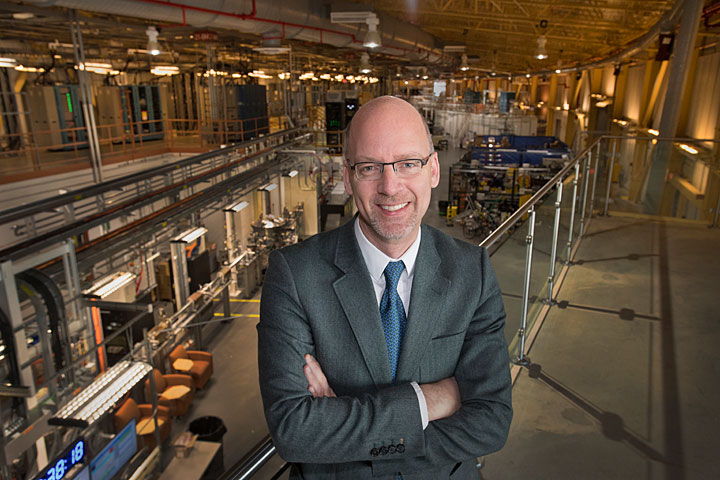Moving into the Future
September 25, 2020
Dear Everyone,
I hope this newsletter finds you well in these unprecedented times. In this newsletter, I would like to update you on how we are keeping science moving forward at NSLS-II.
September – December (2020-3) cycle operations
NSLS-II is currently in a shut down from September 14 – October 20, 2020 for routine maintenance and upgrades. When the beam returns, we are preparing for a mixture of beamline commissioning, remote/mail-in experiments, and some limited on-site user access. The fall cycle will run until December 18, followed by a winter shutdown through mid-January 2021. So, stay tuned for updates on beam time allocations from the Users Office or through contact with the beamline staff about your beam time.
Moving to remote experiments
We are committed to helping you perform your experiments even during this challenging time. Hence, the primary focus for the fall (2020-3) cycle will be beamline commissioning activities to enable remote operations. We have also established a Remote Experiments Task Force that is coordinating efforts throughout the facility that are tailored to different types of experiments. Options include mail-in samples, telepresence, and remote control of certain beamlines.
We see these changes not only as a response to COVID-19 but also as an opportunity to increase options for performing your experiments in the future. So, time will be set aside this cycle for developing remote capabilities on each beamline, where some beamlines will require more effort than others. This will limit the amount of time we can allocate to your experiments in the short term but will broaden your options for all future cycles.
We kindly ask for your patience during this time.
COVID-19 research at NSLS-II
Over the course of the pandemic, several of our beamlines have been performing COVID-19-related research. Scientists have used the structural biology beamlines at NSLS-II to study a wide variety of virus and other COVID-19-related proteins including components of the “spike” protein the SARS-CoV-2 virus uses to infect cells, enzymes that help the virus replicate to spread infection, and antibodies, known drugs, and small drug-like molecules that might disable the virus. Research at the spectroscopy and imaging beamlines has involved examining the integrity of N95 and other mask materials following different types of disinfection protocols.
These effort continue through a special rapid access proposal process for COVID-19-related work.
Leading Lights: NSLS-II User Journeys
I am excited to share with you the first installment of our new user profile series “Leading Lights: NSLS-II User Journeys.” In this first profile, you will meet Joshua Carter, a user of our structural biology beamlines. We are looking forward to highlighting more of our users and collaborators by telling their research stories at NSLS-II.
Industrial Workshop
From December 14 to 17, 2020, we will hold a virtual Workshop for Industry Researchers. This workshop will showcase the capabilities and expertise available at U.S. Department of Energy Office of Science User Facilities located at Brookhaven Lab and feature presentations from industry users of Brookhaven Lab facilities, question-and-answer sessions, and opportunities to directly hear from Department of Energy program managers for your questions. The workshop will provide a unique "facilities open house" format, where attendees will spend time remotely in the labs observing Brookhaven's capabilities in action and engaging in technical discussions with Brookhaven experts. The workshop will also provide an opportunity for attendees to remotely measure their own samples, collecting meaningful data to take home that day.
Other News
I would like to congratulate our sister cryo-EM facility, the Laboratory for BioMolecular Structures, on their opening and first call for general user proposals. We are looking forward to seeing the synergy between our two life science communities.
Last but never least, I would like to thank you for attending our virtual Users’ Meeting in May. We were delighted to have more than 1500 registrants participate in the meeting during these trying times.
Thank you for taking the time to read this newsletter!
John Hill, NSLS-II Director






